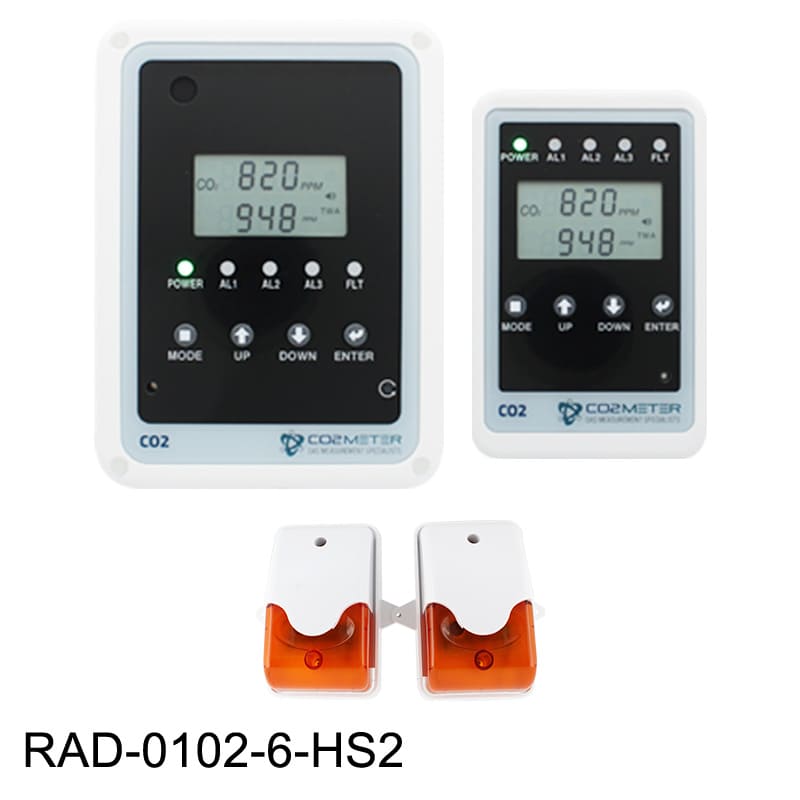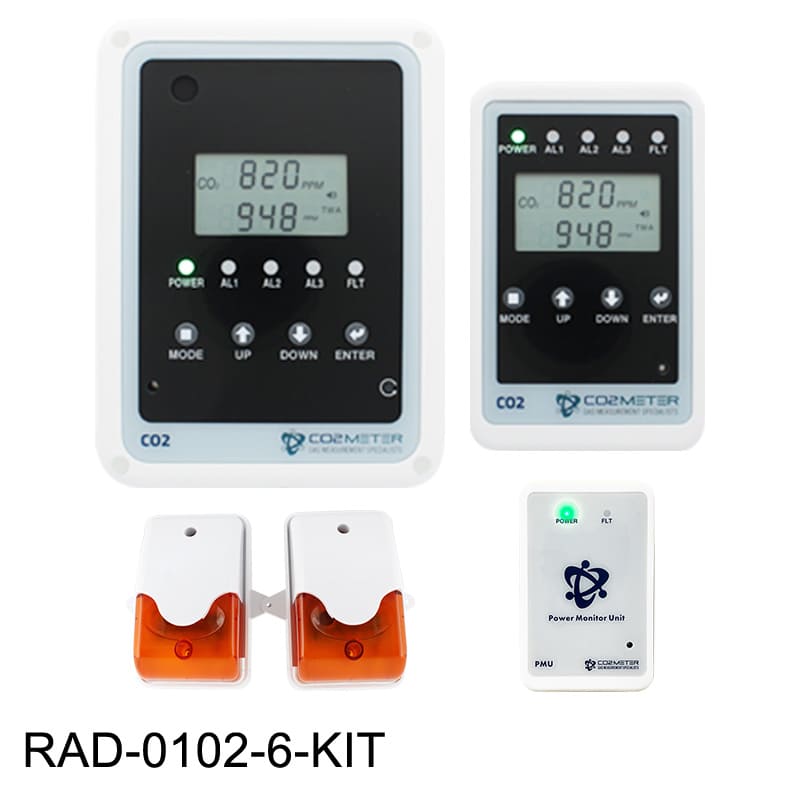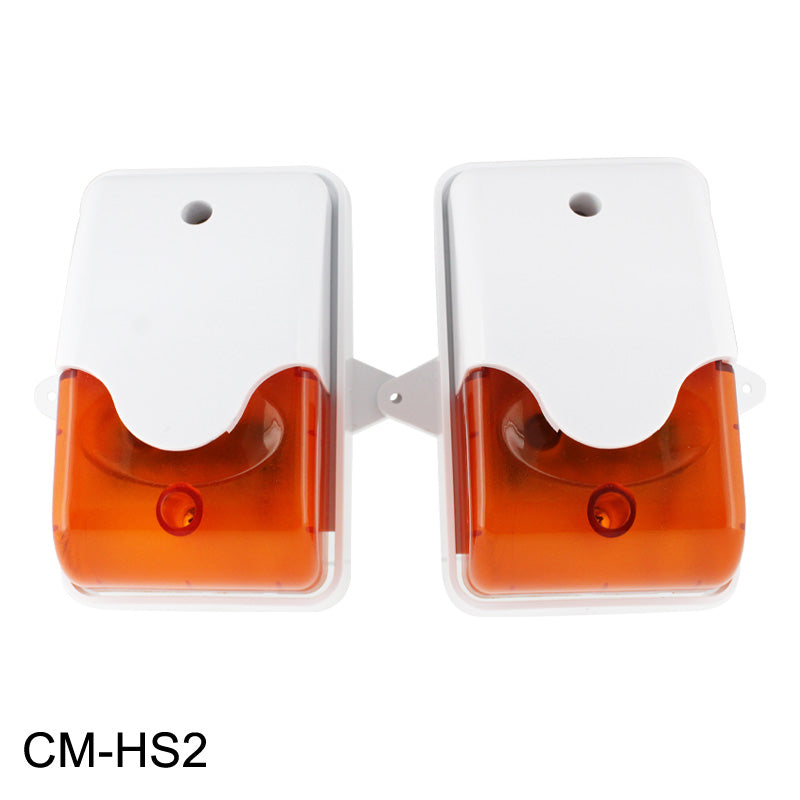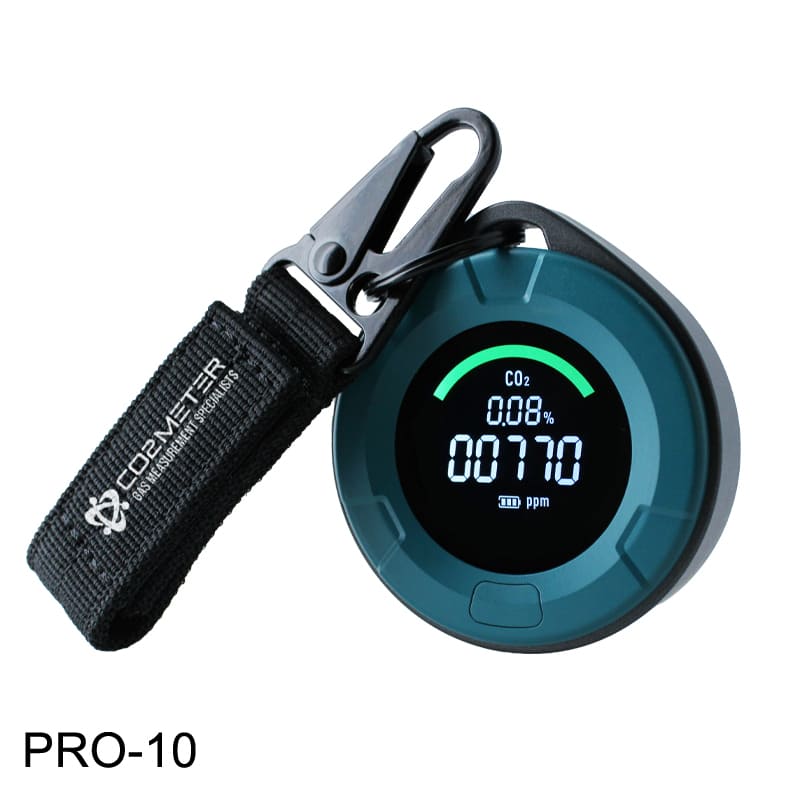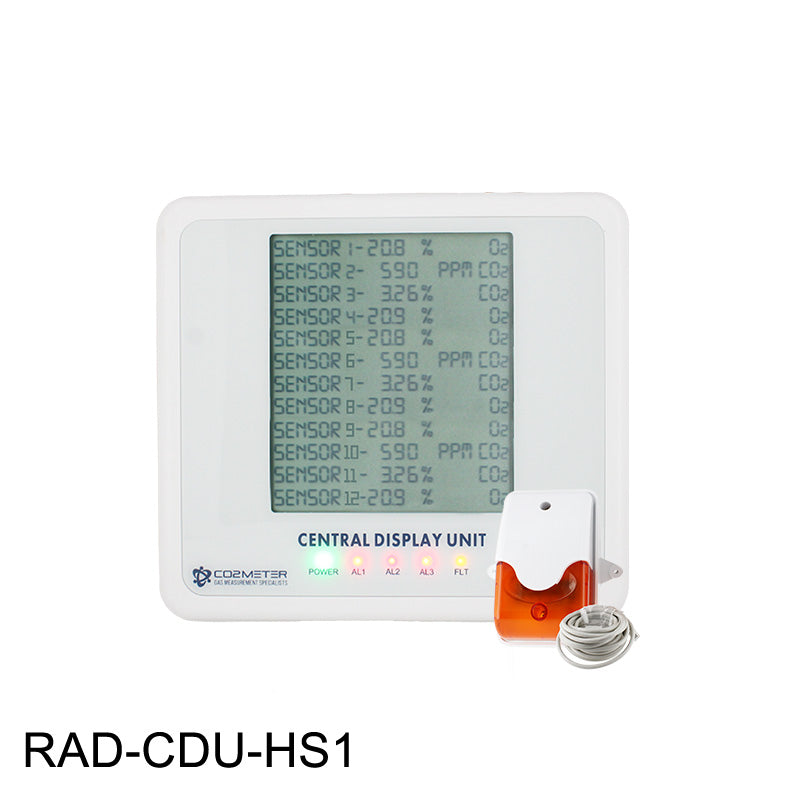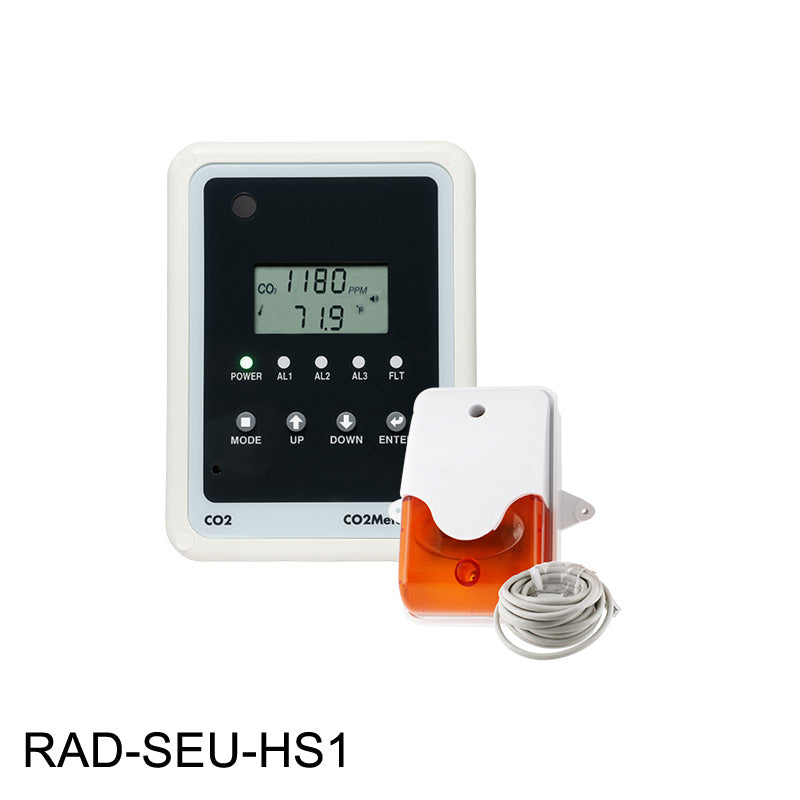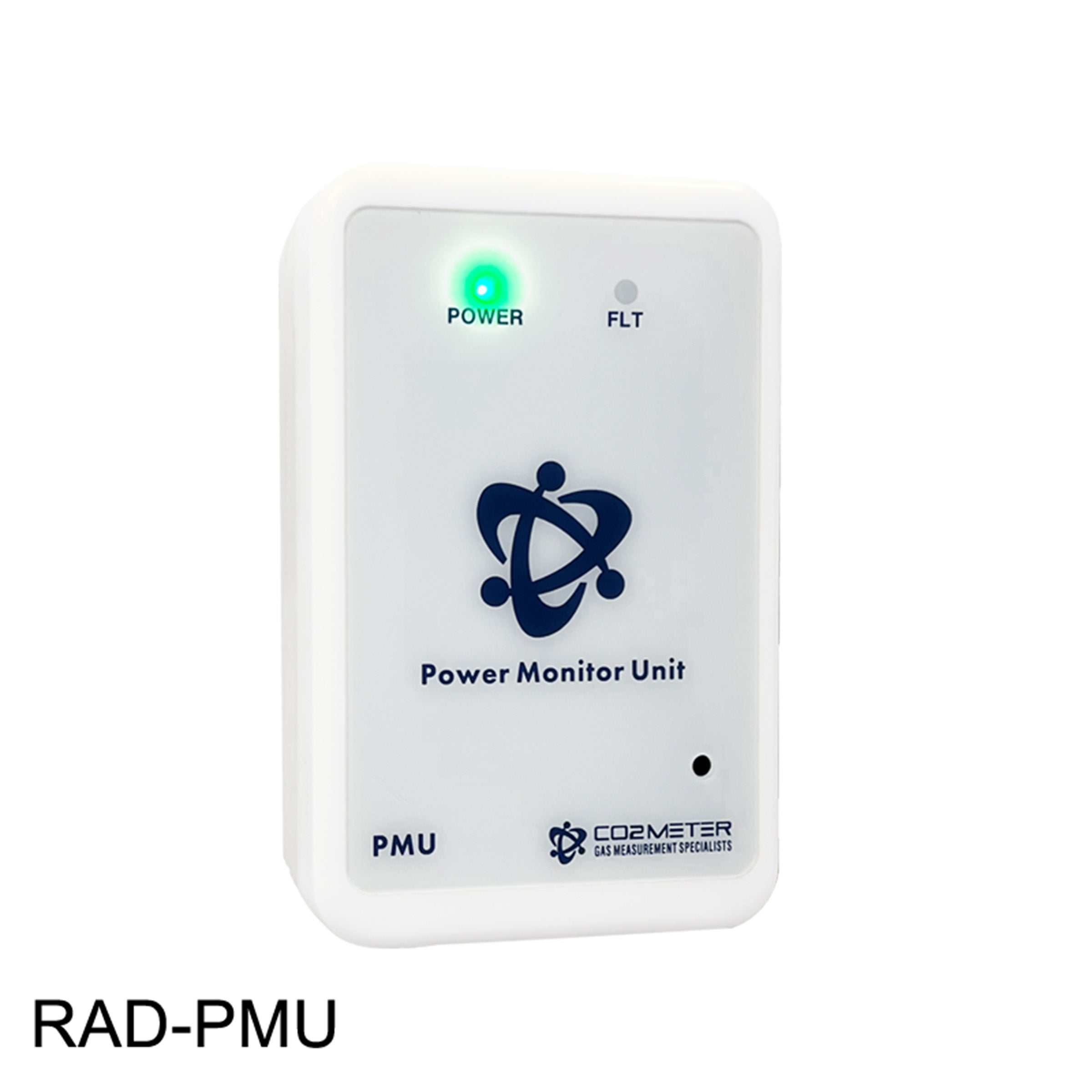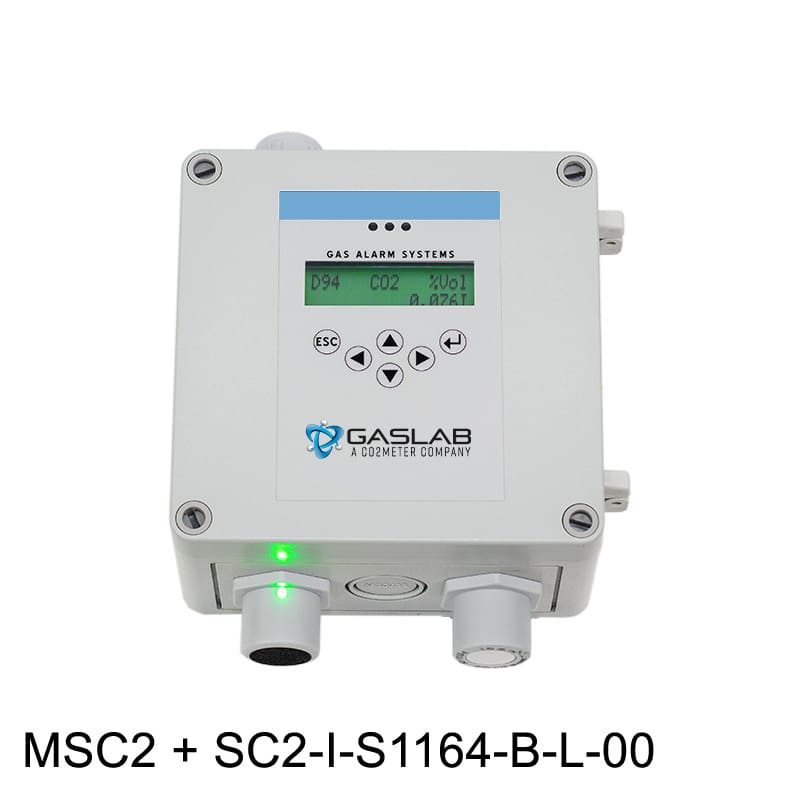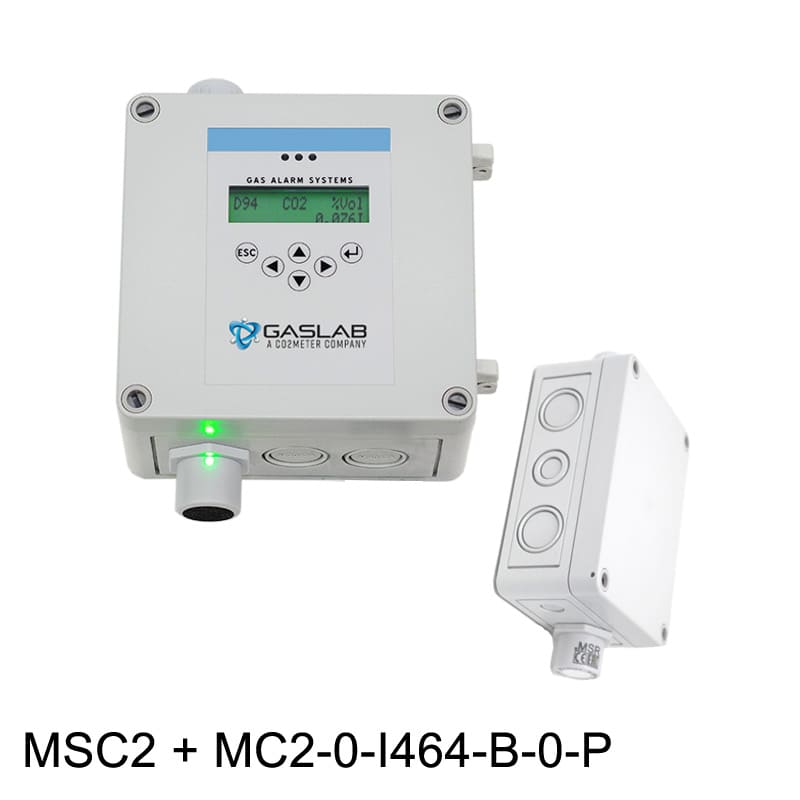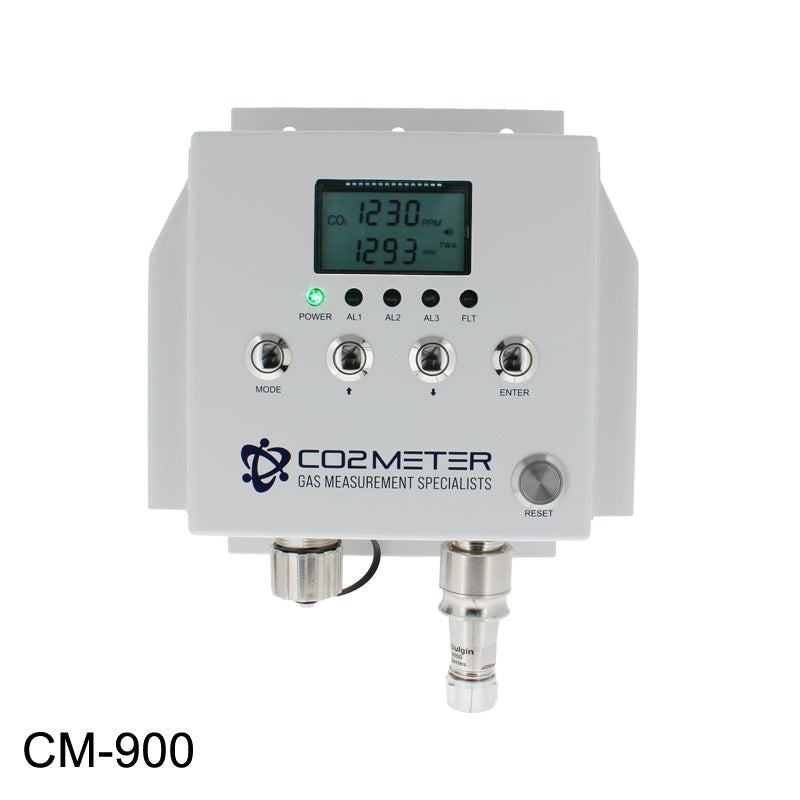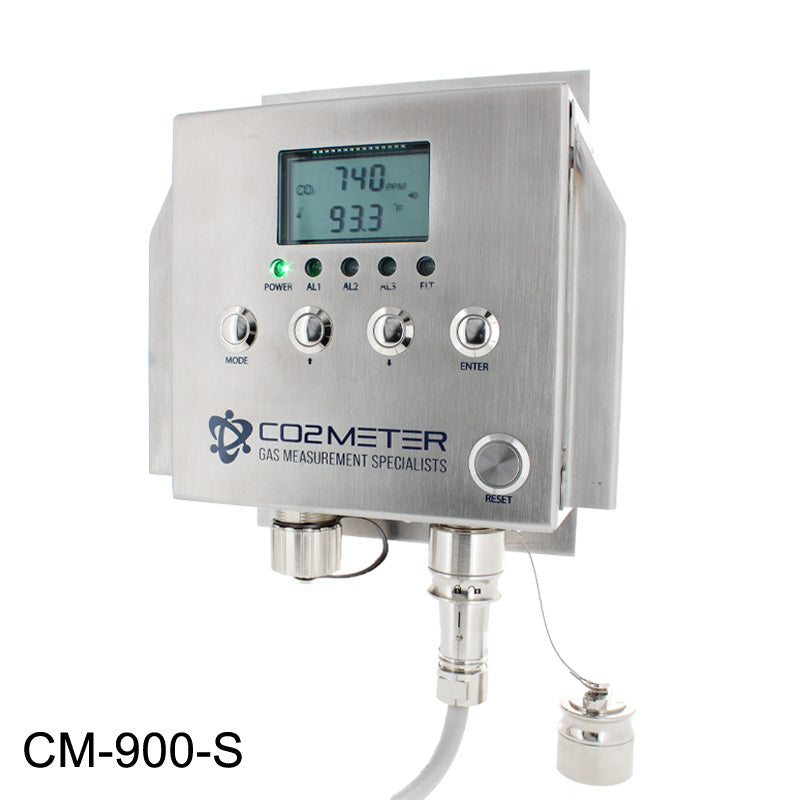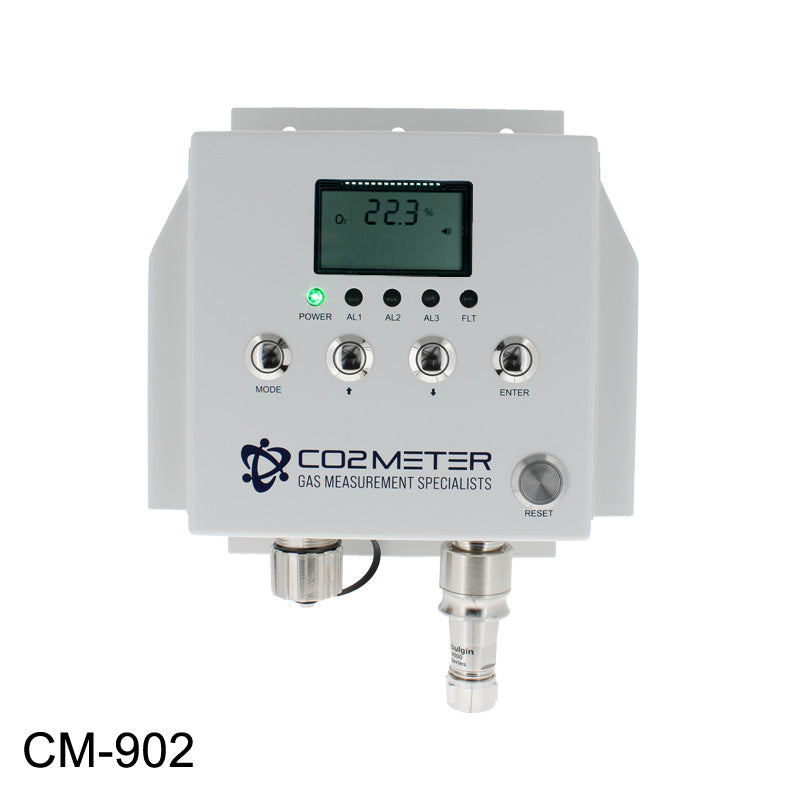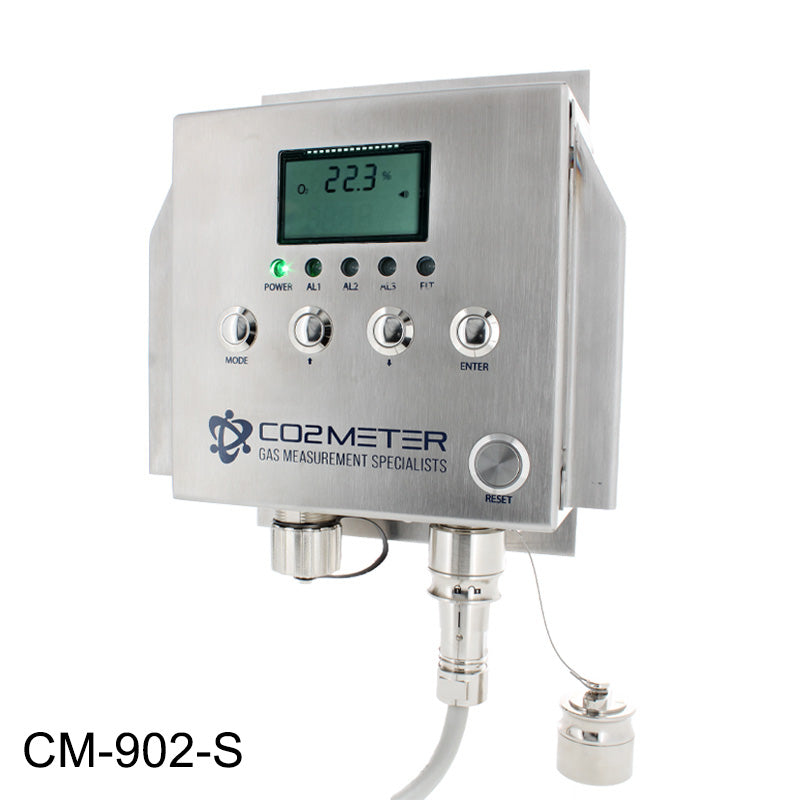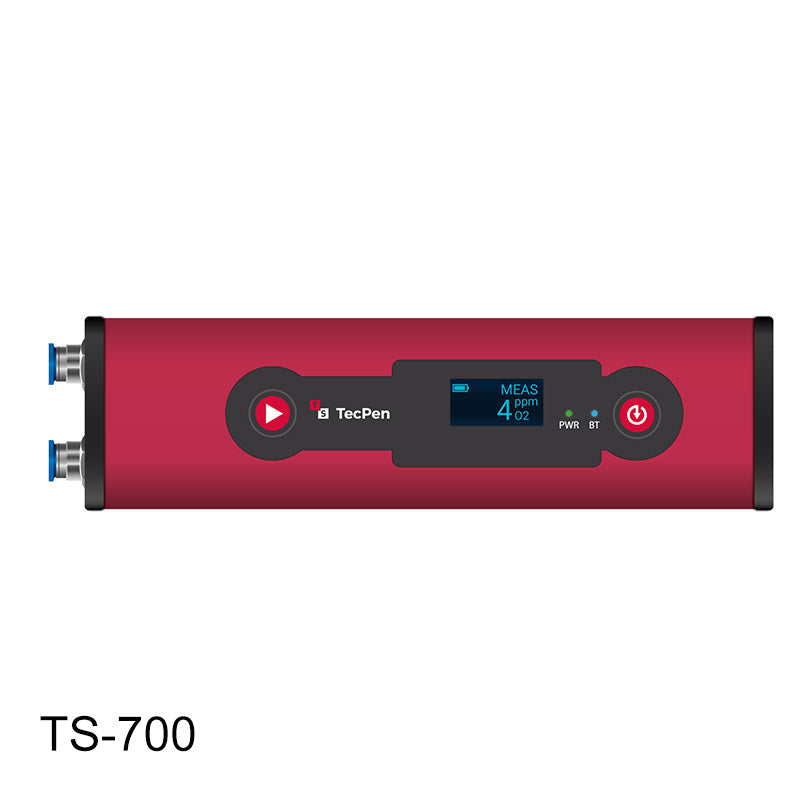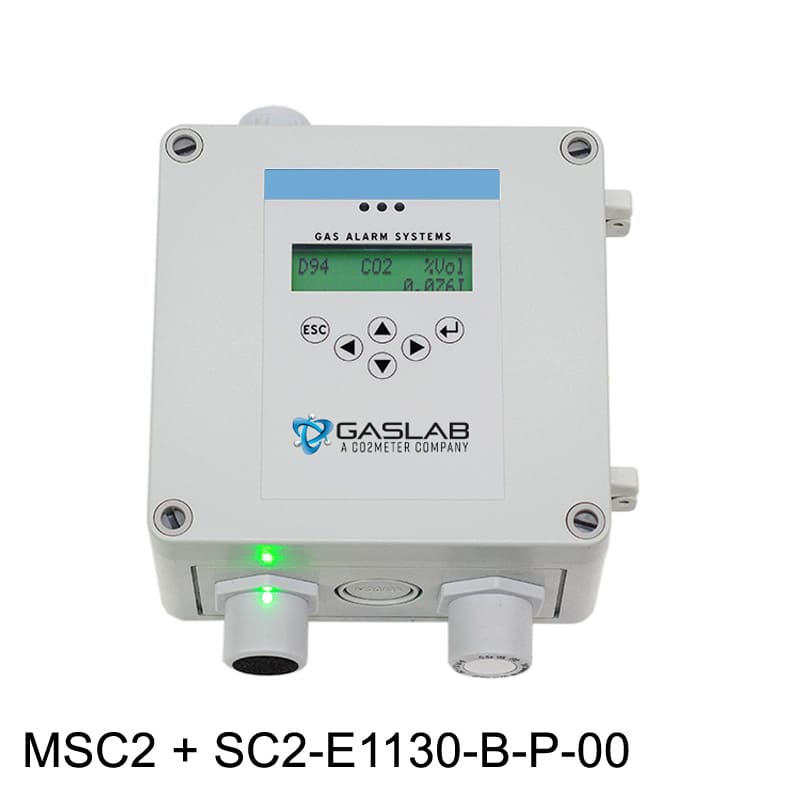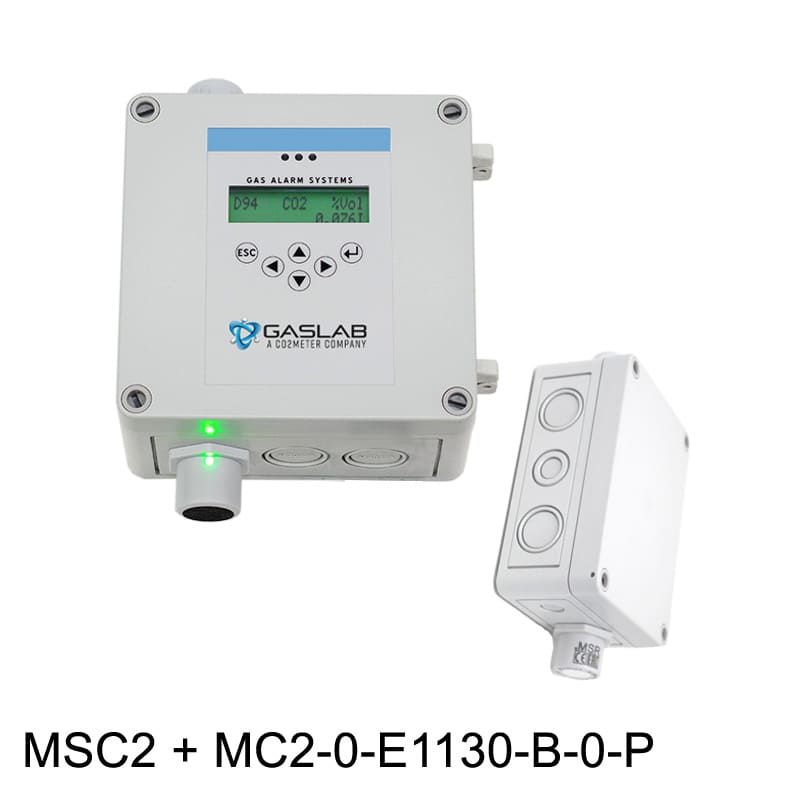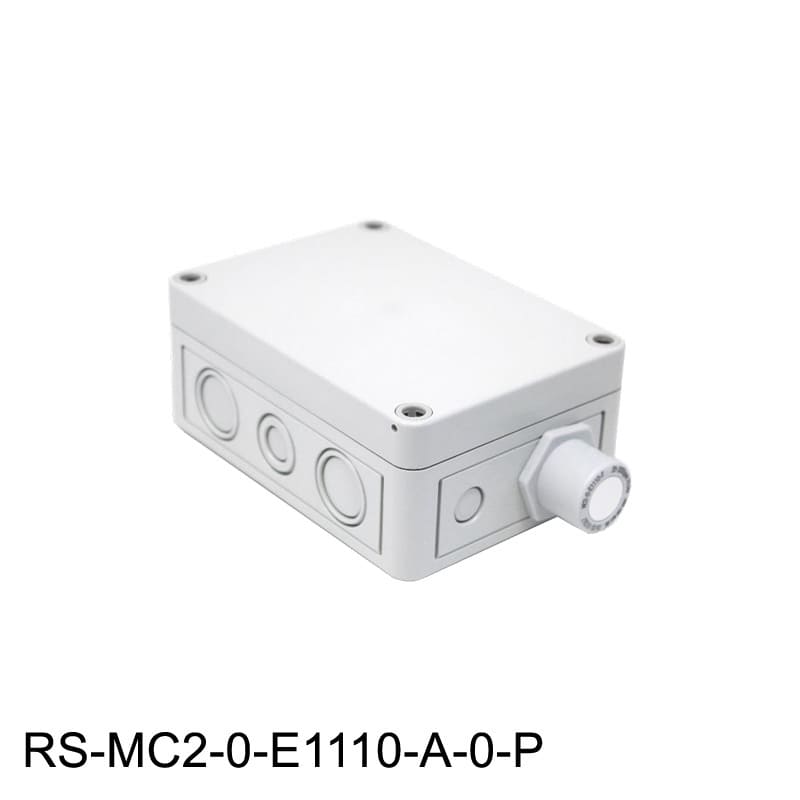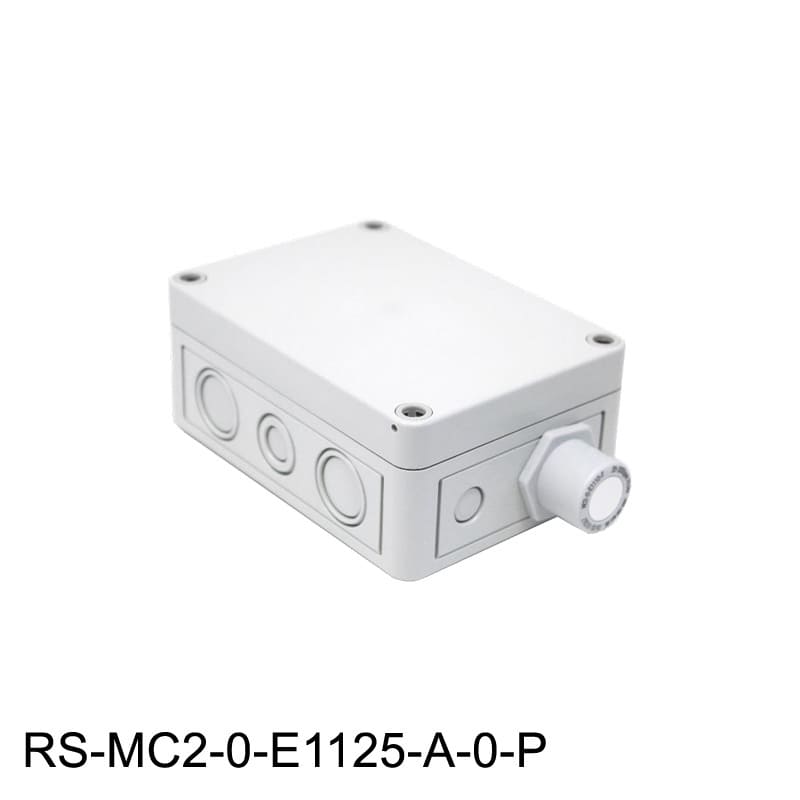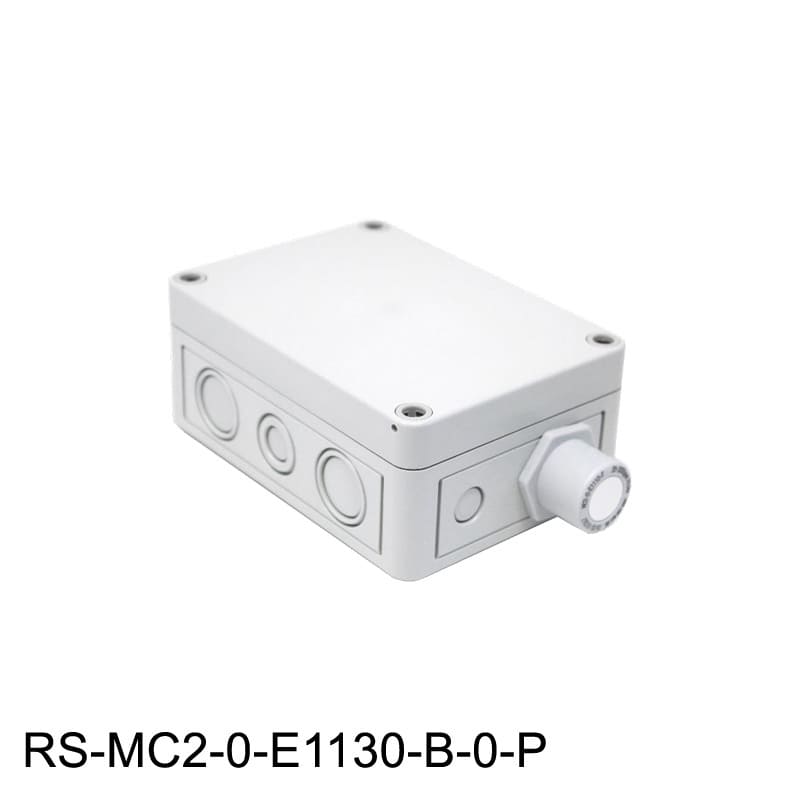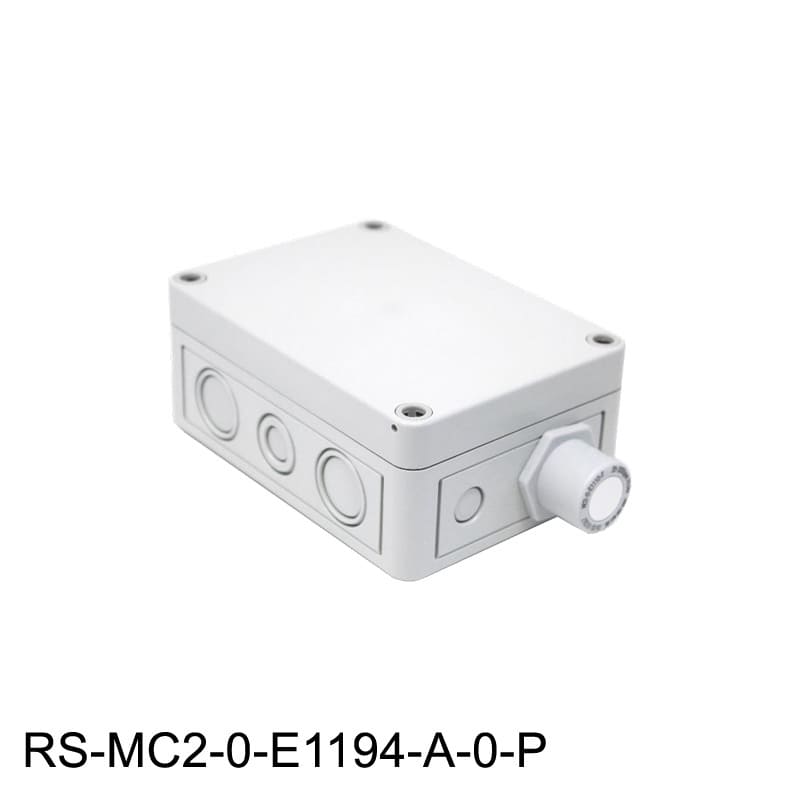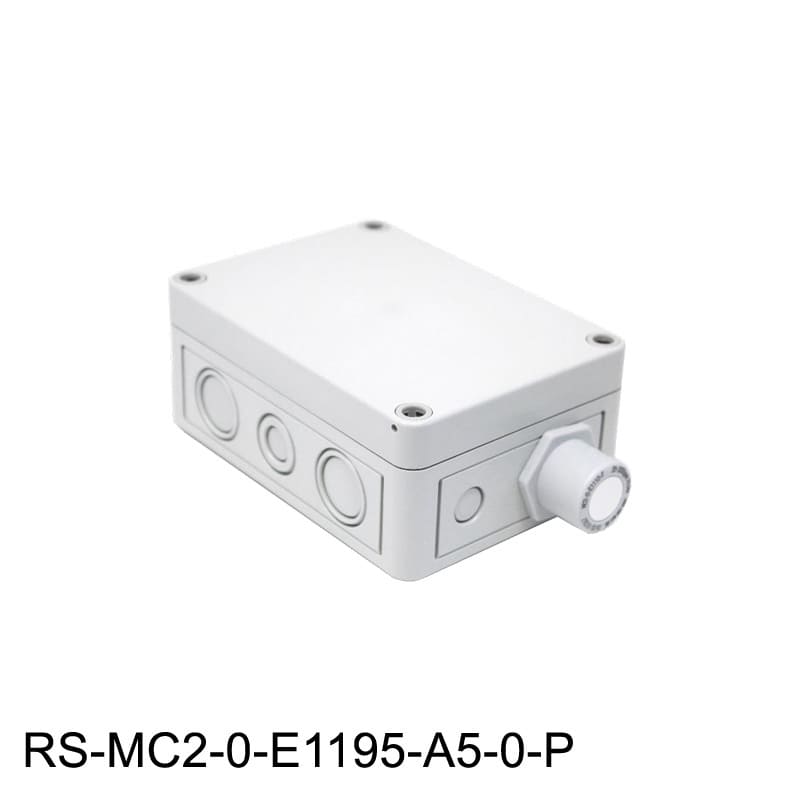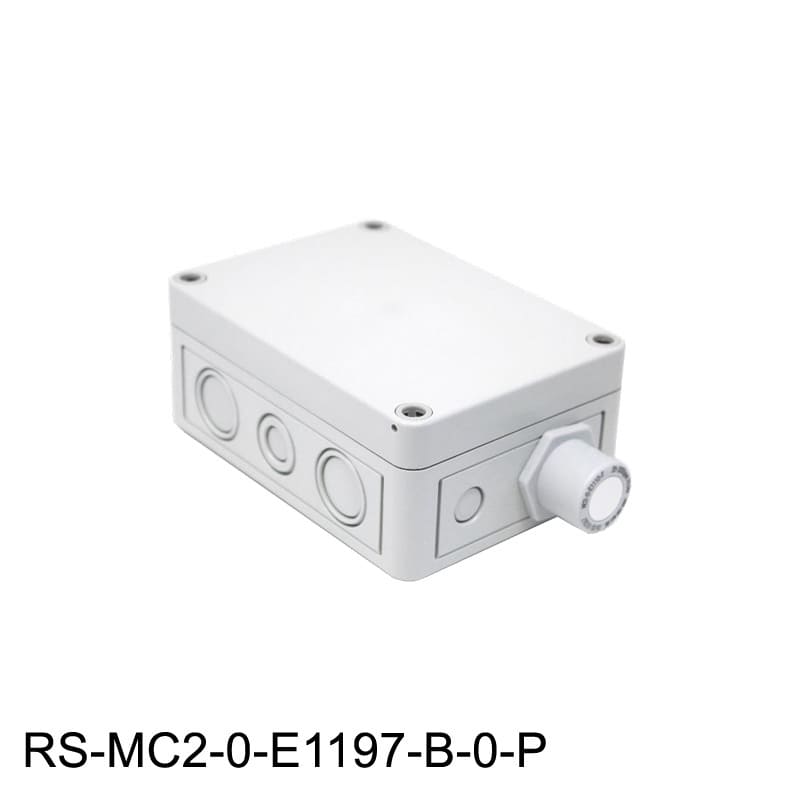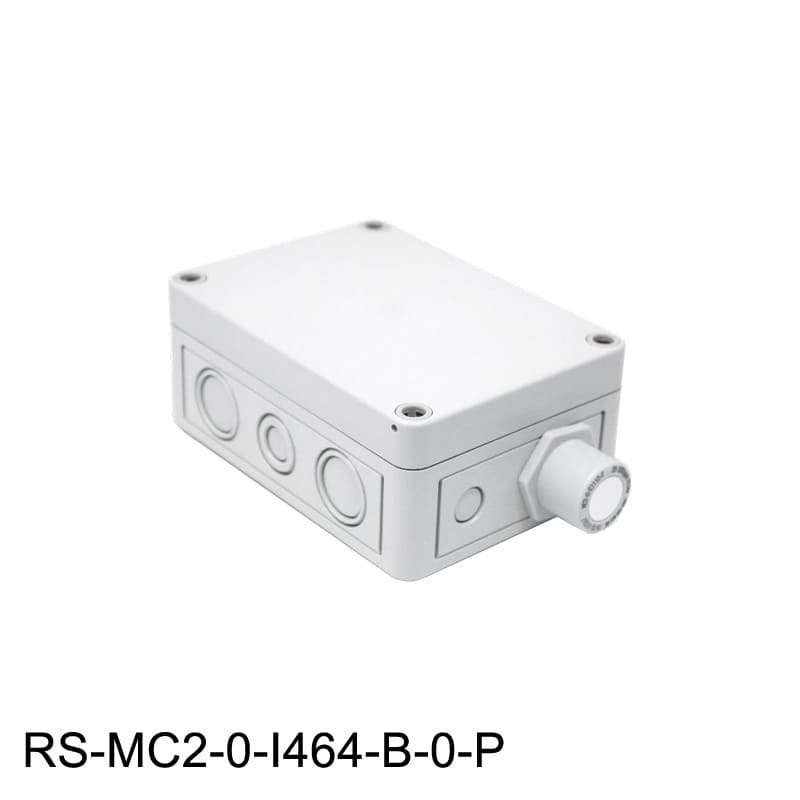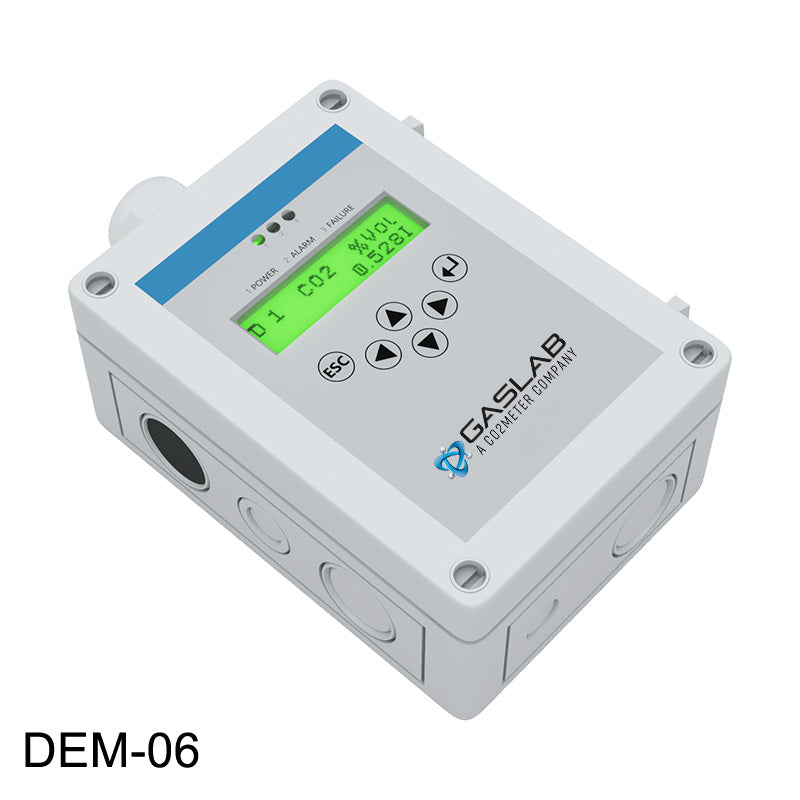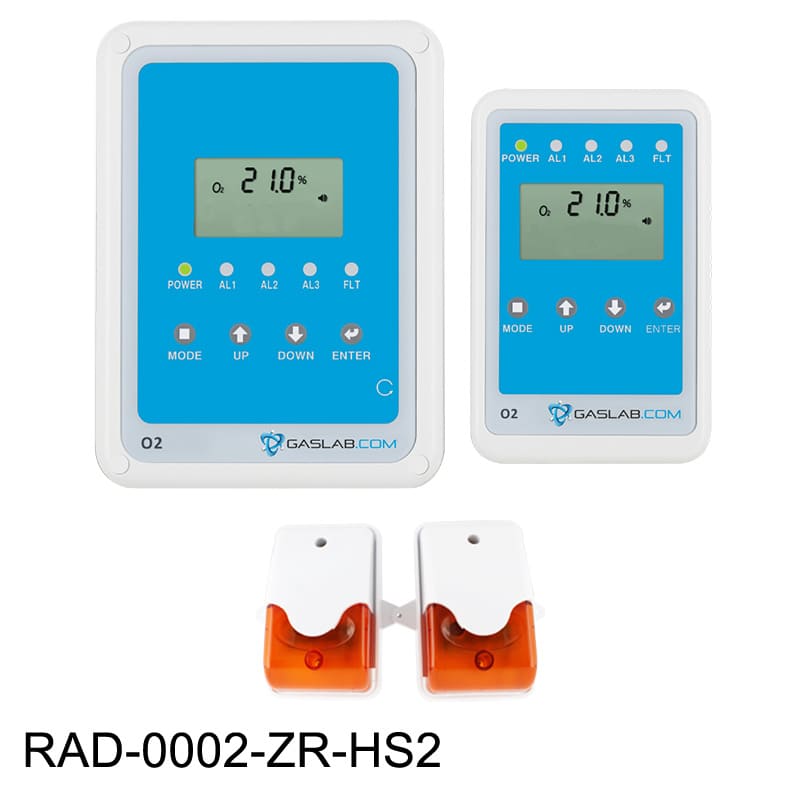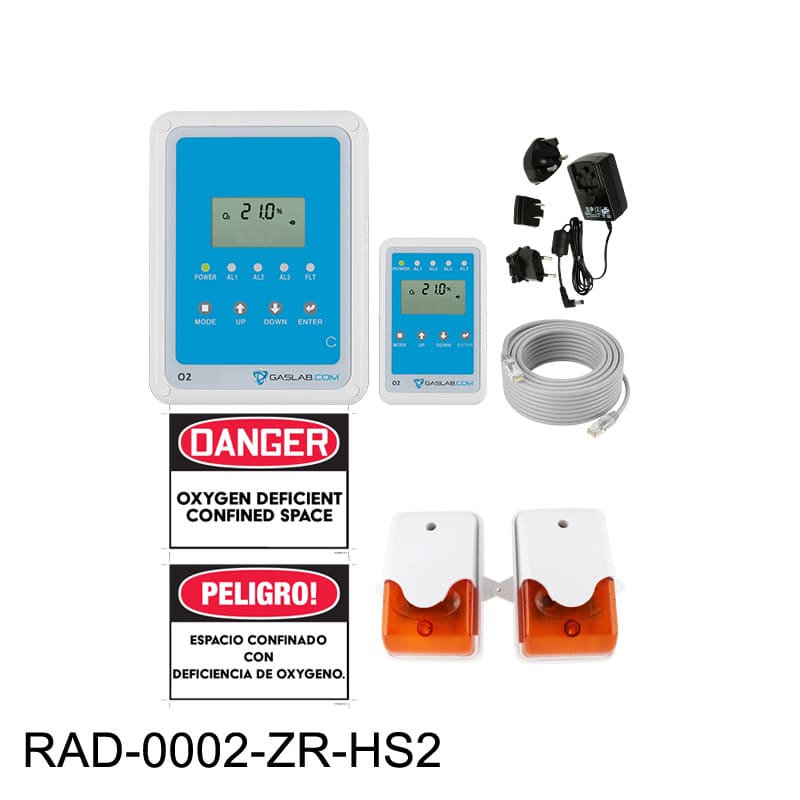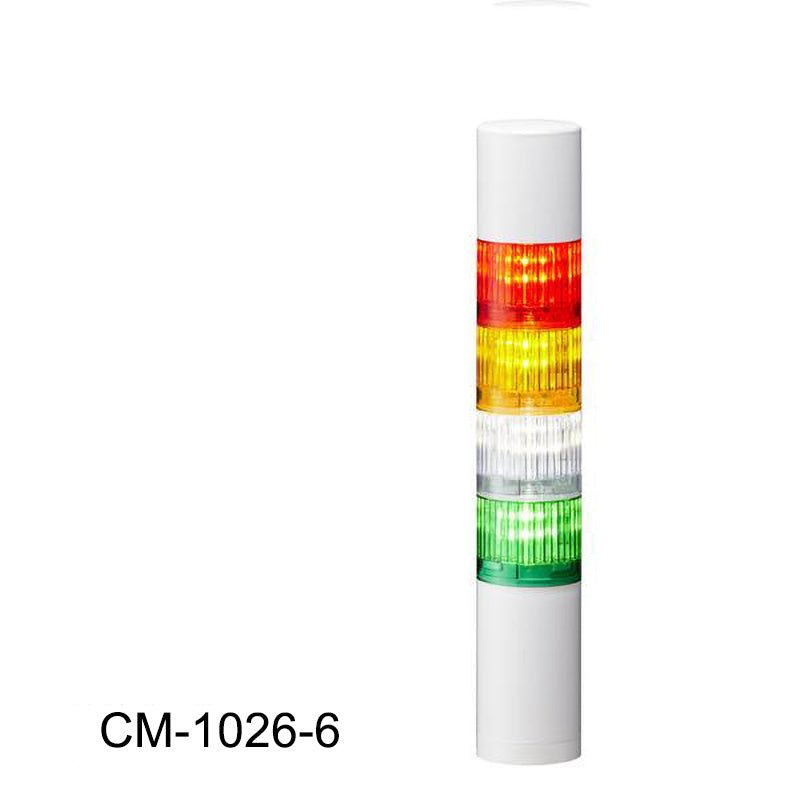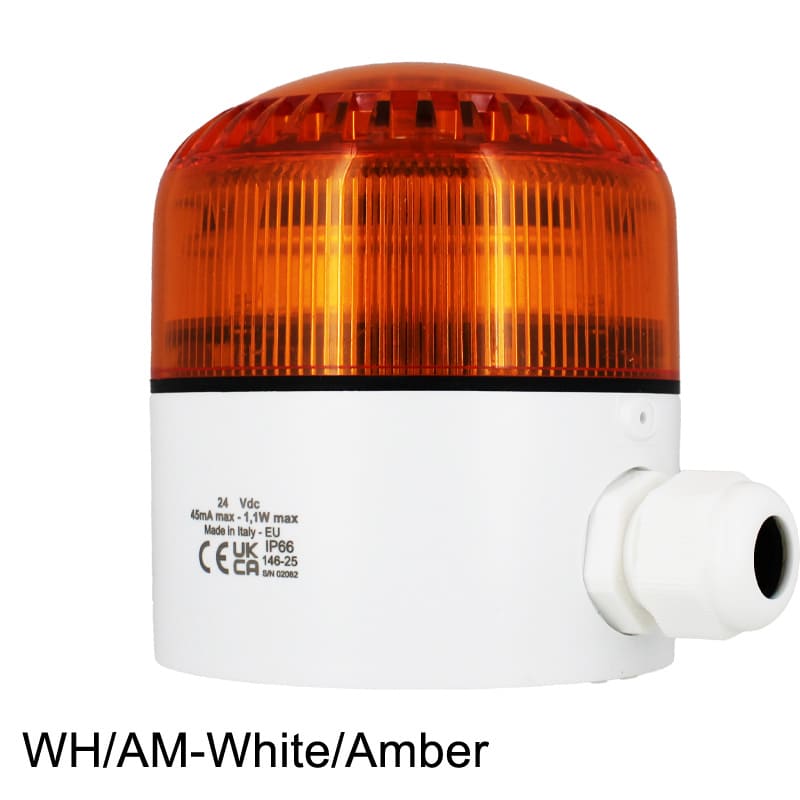Restaurants & Food
Have you been visited by a Fire Marshal and been told to install a device for CO2 Safety Monitoring? Do you need to meet NFPA, NBIC, IFC, or OSHA regulations?
Here's what you need to protect your employees, your business, and your customers:
- If you need to meet fire codes - you'll need a CO2 storage monitor with audible and visual alarm and a relay to control a fan. Our CO2 Storage Safety Alarm Kit with OSHA, TWA, and optional external horn strobe lights meet these codes. Regulations are different in every state. Click here to learn more.
- If you have employees who work in enclosed areas where carbon dioxide buildup may cause personal harm. Our Portable CO2 Safety Detector features both audible/visual alarms to indicate should a potential CO2 leak be present.
- If you have a large-scale operation - for those facilities who have multiple CO2 usage points, a robust system like the MSC2: Fixed Multi Gas Detector is ideal.
Why CO2 Safety Monitors are Essential for Restaurants
CO2 safety monitors are essential for restaurants, beverage industries, and franchises as they help detect the buildup of hazardous gases. They also assist in maintaining compliance with CO2 safety regulations and standards, reducing the risk of accidents and potential liabilities.
See our complete line of CO2 safety monitors below.
-
CO2 Safety Alarm
Remote Carbon Dioxide CO2 Storage Safety 3 Alarm
The Remote Carbon Dioxide (CO2) Storage Safety Alarm and Horn Strobes (formerly known as the RAD-0102-6) is designed to protect individuals...
4.77 / 5.0
(26) ( 26 )
$669.00 USD$669.00 USD$669.00 USD -
CO2 Safety Alarm
Complete CO2 Storage Safety Monitoring Kit
The Complete CO2 Storage Safety Monitoring Kit includes everything you need to meet OSHA and fire code requirements while protecting...
$849.00 USD$849.00 USD$849.00 USD -
fixed/wall mount
CO2 Storage Safety 3 Alarm Horn Strobe Lights
The Remote CO2 Storage Safety 3 Alarm Horn Strobe Lights are designed to provide an additional flashing indicator of carbon...
4.67 / 5.0
(3) ( 3 )
$159.00 USD$159.00 USD$159.00 USD -
Handheld
Portable 5% CO2 Safety Detector
The PRO-10: Portable 5% CO2 Safety Detector is designed for employees who work in enclosed areas where carbon dioxide buildup may...
5.0 / 5.0
(3) ( 3 )
$399.00 USD$399.00 USD$399.00 USD -
fixed/wall mount
Central Display Unit and Horn Strobe for Gas Safety Alarms
The Central Display Unit (CDU-HS1) for Gas Safety Alarms with Horn Strobe is designed to provide real-time visibility of CO2 or...
$399.00 USD$399.00 USD$399.00 USD -
CO2 Safety Alarm
Single Sensor CO2 Monitoring System and Horn Strobe
The Single Sensor CO2 Monitoring System and Horn Strobe is a compact safety solution that includes CO2Meter’s reliable CO2 storage...
$609.00 USD$609.00 USD$609.00 USD -
fixed/wall mount
Power Monitor Unit for Gas Safety Alarms
The Power Monitor Unit for Gas Safety Alarms (RAD-PMU) is designed as a critical safety device to ensure uninterrupted gas detection...
$199.00 USD$199.00 USD$199.00 USD -
fixed/wall mount
Fixed Carbon Dioxide (CO2) Gas Detector (0-5%)
The Fixed Carbon Dioxide CO2 Gas Detector (MSC2 + SC2-I-S1164-B-L-00) is designed to protect individuals near toxic CO2 gas in...
$2,214.00 USD$2,214.00 USD$2,214.00 USD -
fixed/wall mount
Carbon Dioxide (CO2) Fixed Gas Detector w/ Remote Sensor (0-5%)
The Carbon Dioxide (CO2) Fixed Gas Detector w/ Remote Sensor (MSC2 + MC2-0-I464-B-0-P) is designed to protect individuals near toxic gases...
$2,339.00 USD$2,339.00 USD$2,339.00 USD -
CO2 Monitor
CO2 Industrial Gas Detector
The CM-900: CO2 Industrial Fixed Gas Detector is a gas safety solution for industries that need to measure up to...
$1,439.00 USD$1,439.00 USD$1,439.00 USD -
CO2 Monitor
Industrial Stainless Steel CO2 Gas Detector
The CM-900-S: CO2 Industrial Fixed Gas Detector is an industrial gas safety solution for industries working near hazardous carbon dioxide...
$1,889.00 USD$1,889.00 USD$1,889.00 USD -
CO2 Monitor
O2 Industrial Gas Detector
The CM-902 O2 Industrial Gas Detector is designed to protect individuals working near hazardous gases like nitrogen, argon, chlorine, propane, nitrous oxide, or...
$1,439.00 USD$1,439.00 USD$1,439.00 USD -
CO2 Monitor
Industrial Stainless Steel O2 Gas Detector
The CM-902-S O2 Industrial Gas Detector is designed to protect individuals working near hazardous gases like nitrogen, argon, and helium in...
$1,889.00 USD$1,889.00 USD$1,889.00 USD -
Handheld
Sampling Dissolved Oxygen Meter
The TS-700 Sampling Dissolved Oxygen Meter provides accurate oxygen measurements in mg/L or parts per billion (ppb) in water, beer,...
$5,999.00 USD$5,999.00 USD$5,999.00 USD -
fixed/wall mount
Fixed Nitrogen Dioxide (NO2) Gas Detector (0-20ppm)
The Fixed Nitrogen Dioxide NO2 Gas Detector is designed to protect individuals near toxic and combustible gases, refrigerants, or oxygen...
$1,653.00 USD$1,653.00 USD$1,653.00 USD -
fixed/wall mount
Nitrogen Dioxide (NO2) Fixed Gas Detector w/ Remote Sensor (0-20ppm)
The Nitrogen Dioxide (NO2) Fixed Gas Detector w/ Remote Sensor (MSC2 + MC2-0-E1130-B-0-P) is designed to protect individuals near toxic...
$1,774.00 USD$1,774.00 USD$1,774.00 USD -
Select optionsfixed/wall mount
Remote Sensor for Gaslab Multi-Gas Detector
Remote Sensors for the Gaslab Multi-Gas Detector are designed to measure combustible, toxic gases and oxygen as well as refrigerants....
$530.00 USD$724.00 USD$724.00 USD -
fixed/wall mount
Remote Door Entrance Module for Gaslab Safety Alarms
The DEM-06: Remote Door Entrance Module for Gaslab Safety Alarm is a cutting-edge solution designed to keep your facility safe and informed. Using...
$530.00 USD$530.00 USD$530.00 USD -
fixed/wall mount
Oxygen Deficiency Depletion Safety Alarm
The Oxygen Deficiency Depletion Safety Alarm and Horn Strobes (formerly known as the RAD-0002-ZR) is a 0-23% room oxygen monitor designed...
$1,649.00 USD$1,649.00 USD$1,649.00 USD -
fixed/wall mount
Safety Strobe Tower
The Safety Strobe Tower provides a bright, flashing indicator and alarm sound for any of our CO2 or Oxygen Storage Safety Alarms....
$346.00 USD$346.00 USD$346.00 USD -
fixed/wall mount
Fixed Multi-Gas Detector Alarm Safety Horn Strobe
The Fixed Multi-Gas Detector Alarm Safety Horn Strobe is designed to provide an instant audible and visual indication of a potential...
$419.00 USD$419.00 USD$419.00 USD
Don't Take Our Word for it, Take Theirs

Matthew Weintraub
Plant Manager
"Your solutions meet the code requirements and because of you our facility is much safer."
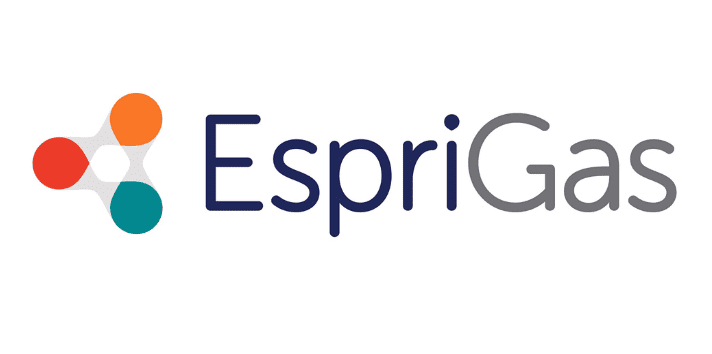
Angela Ihrig
Supply Chain Manager
"CO2Meter has helped protect 150+ of our customers sites and ensure they are compliant and safe."
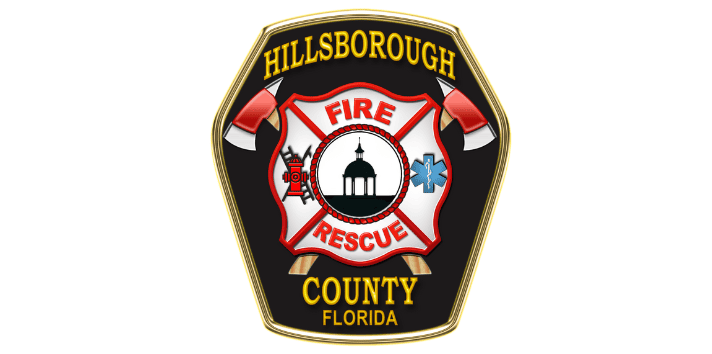
Michael Hudkins, CFPS
Fire Plans Examiner/Fire Inspector II
"I would recommend CO2Meter gas training to anyone, it inspired us to be keenly aware of what to inspect."

Keith Isoldi
Chief Operating Officer
"I have always worked with CO2Meter because they are the industry leader."
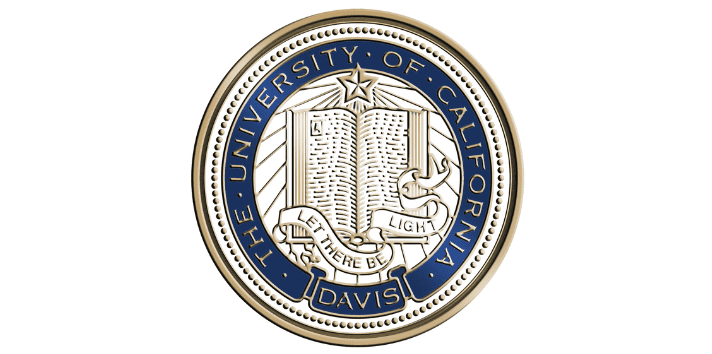
Kelly Kissock
Faculty Director
"Easy to install, Our CO2 tank gassed off and the meter near it worked perfectly!"
Stay Informed with Our Latest Updates
Subscribe to our newsletter for the latest news, product updates, and industry insights.
CO2Meter is working with our global supply chain to minimize disruptions
Due to imposed tariffs, Quotes will be honored for 24 hours and may require a revised PO
CO2Meter is working with our global supply chain to minimize disruptions
Due to imposed tariffs, Quotes will be honored for 24 hours and may require a revised PO
CO2Meter is working with our global supply chain to minimize disruptions
Due to imposed tariffs, Quotes will be honored for 24 hours and may require a revised PO
CO2Meter is working with our global supply chain to minimize disruptions
Due to imposed tariffs, Quotes will be honored for 24 hours and may require a revised PO
CO2Meter is working with our global supply chain to minimize disruptions
Due to imposed tariffs, Quotes will be honored for 24 hours and may require a revised PO
CO2Meter is working with our global supply chain to minimize disruptions
Due to imposed tariffs, Quotes will be honored for 24 hours and may require a revised PO
CO2Meter is working with our global supply chain to minimize disruptions
Due to imposed tariffs, Quotes will be honored for 24 hours and may require a revised PO
CO2Meter is working with our global supply chain to minimize disruptions
Due to imposed tariffs, Quotes will be honored for 24 hours and may require a revised PO
CO2Meter is working with our global supply chain to minimize disruptions
Due to imposed tariffs, Quotes will be honored for 24 hours and may require a revised PO
CO2Meter is working with our global supply chain to minimize disruptions
Due to imposed tariffs, Quotes will be honored for 24 hours and may require a revised PO
CO2Meter is working with our global supply chain to minimize disruptions
Due to imposed tariffs, Quotes will be honored for 24 hours and may require a revised PO
CO2Meter is working with our global supply chain to minimize disruptions
Due to imposed tariffs, Quotes will be honored for 24 hours and may require a revised PO
CO2Meter is working with our global supply chain to minimize disruptions
Due to imposed tariffs, Quotes will be honored for 24 hours and may require a revised PO
CO2Meter is working with our global supply chain to minimize disruptions
Due to imposed tariffs, Quotes will be honored for 24 hours and may require a revised PO
CO2Meter is working with our global supply chain to minimize disruptions
Due to imposed tariffs, Quotes will be honored for 24 hours and may require a revised PO
CO2Meter is working with our global supply chain to minimize disruptions
Due to imposed tariffs, Quotes will be honored for 24 hours and may require a revised PO
CO2Meter is working with our global supply chain to minimize disruptions
Due to imposed tariffs, Quotes will be honored for 24 hours and may require a revised PO
CO2Meter is working with our global supply chain to minimize disruptions
Due to imposed tariffs, Quotes will be honored for 24 hours and may require a revised PO
CO2Meter is working with our global supply chain to minimize disruptions
Due to imposed tariffs, Quotes will be honored for 24 hours and may require a revised PO
CO2Meter is working with our global supply chain to minimize disruptions
Due to imposed tariffs, Quotes will be honored for 24 hours and may require a revised PO
CO2Meter is working with our global supply chain to minimize disruptions
Due to imposed tariffs, Quotes will be honored for 24 hours and may require a revised PO
CO2Meter is working with our global supply chain to minimize disruptions
Due to imposed tariffs, Quotes will be honored for 24 hours and may require a revised PO
CO2Meter is working with our global supply chain to minimize disruptions
Due to imposed tariffs, Quotes will be honored for 24 hours and may require a revised PO
CO2Meter is working with our global supply chain to minimize disruptions
Due to imposed tariffs, Quotes will be honored for 24 hours and may require a revised PO
CO2Meter is working with our global supply chain to minimize disruptions
Due to imposed tariffs, Quotes will be honored for 24 hours and may require a revised PO

